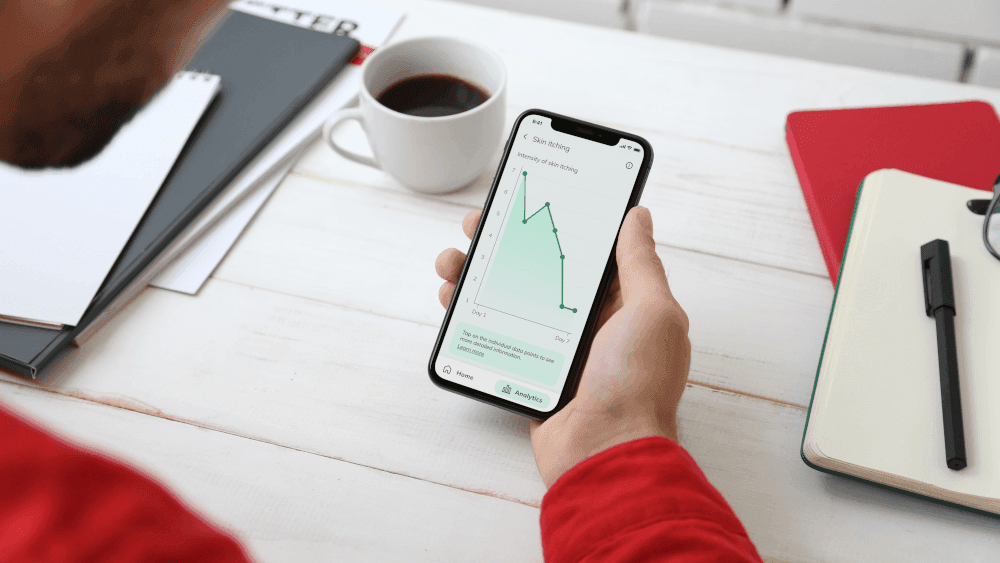How to Classify Your Medical Devices Correctly

DATE
February 06, 2020
AUTHOR
Benjamin Sauer | VP Engineering
In the European Union (EU), there are four main medical device classes: I, IIa, IIb and III. The classification of these devices is a ‘risk-based’ system, depending on the vulnerability of the human body and the potential risk associated with the device. This risk is incremental from class I to class III. Class I bears almost no risk, whereas class III on tends to bear a very high risk for the patient. Under EU MDR law, there have been some changes to the classification system in the EU. But how do you go about classifying medical devices and products correctly?
Before attempting to classify any device, it is recommended to develop the following documented statements required for the Technical Documentation (MDR Annex II, 1.1) including:
(a) A general description of the device, including its intended purpose in the market, as well as its intended users;
(c) The intended patient population and medical conditions to be diagnosed, treated and/or monitored and other considerations such as patient selection criteria, indications, contra-indications, warnings;
(d) The principles of operation of the device and its mode of action, scientifically demonstrated if necessary.
Survey: How expensive will the EU MDR be for MedTech companies?
- Almost half believe that the EU MDR will cost them more than 5% of annual revenue
- Two thirds have hired at least one new employee
- Most money is needed for clinical evaluations and clinical studies

Understanding Class I products and devices
Class I devices are most non-invasive devices that do not interact with the human body and have the lowest risk. Class I actually contains several subclasses, the first (“Basic”) of which will not be subject to certification by Notified Body and can instead be “self”-certified. According to an infographic by BVMED published in 2017, all Class I devices, including subclasses, make up about 70% of the market.
Products that are brought to the market in a sterile condition are categorized as Class Is (“s” stands for “sterile”). Devices that are used to measure things are called Class Im (“m” for “measure”). Finally, under MDR law, there is a new class: Products that can be reused or reprocessed in some way are called Class Ir (“reuse”). Learn more via Germany’s Johner Institut.
| Classification | Definition | Examples | Notified Body certification needed? |
| Basic Class I | Devices that are non-sterile or have no measuring function (low risk) | Wheelchair, plaster, hospital bed, bed pan | No |
| Class Is | Devices that are placed on the market in sterile condition | Personal protection kits | Partially |
| Class Im | Devices with a measuring function | Stethoscope, thermometer, weighing scale | Partially |
| Class Ir | A new subclass for products that are reprocessed or re-used | Surgical instruments and endoscope | Partially |
For Class I products that do not require a Notified Body certification, the manufacturer must create the document by themselves and have it available at their manufacturing plant.
Corrigendum: MDR extension for Class I devices
For Class I products that will be upclassified under MDR, a corrigendum published in December 2019 provides for a four-year grace period before they must obtain a certificate from a Notified Body appointed under the MDR. This alleviates the difficulties in applying the new regulation demands, at least for some manufacturers of Class I products. The transition periods for MDD/AIMDD compliant devices, however, only refer to the certification requirements. Other obligations for these devices, such as risk and quality management or clinical evaluation requirements, will enter into force on 26 May 2020.
Class II Medical Devices
Next up, we have Class II devices, which are split into Class IIa and Class IIb. Class IIa devices bear a medium risk, whereas Class IIb devices bear a medium to high risk. In order to place the CE marking on a class IIa or IIb medical device and launch it on the market, manufacturers must have a Notified Body to provide a CE certificate after checking they conform with the procedures laid down by the regulation.
Class IIa
These devices tend to exchange energy with a patient in a therapeutic manner or are used to diagnose or monitor medical conditions. According to BVMED, they make up 20% of the market. They are generally invasive but only limited to natural orifices. If this kind of device is in some way potentially hazardous to a patient, it automatically becomes Class IIb.
Class IIb
Class IIb refers to most surgically invasive or active devices which are partially or completely implanted into the body. This class may also modify the composition of bodily fluids. They make up 8% of the market, according to BVMED.
| Classification | Definition | Examples | Notified Body certification needed? |
| IIa | Devices that are installed in the body in the short term (usually 60 minutes to 30 days) | Hearing aid, ultrasonic diagnostic equipment, catheters | Yes |
| IIb | Devices that are slightly more complex than IIa devices and often installed within the body for more than 30 days. | Infusion pump, ventilators, surgical laser. intensive care monitoring equipment | Yes |
Class III Medical Devices
Finally, devices with the highest risk for patients are categorized as Class III devices. These devices either support human life and are of substantial importance in preventing impairment of human health, or they present a potential, unreasonable risk of illness or injury. To ensure the safety and effectiveness of these devices, the required process of scientific review is pre-market approval. They make up just 1.8% of the market.
| Classification | Description | Examples | Notified Body certification needed? |
| Class III | Devices which connects directly with the Central Circulatory or Nervous System, or contains a medicinal product. | Pacemaker, prosthetic heart valve | Yes |
Determining a device’s correct classification can be challenging, especially when it comes to certifications and approval. We hope that the above content will serve as a useful reference point, and also recommend that you try to judge each case on its own merit. It can also help to contact an Authorized Representative and to consult the Rules of Classification. Under MDR law, there are four new rules of classification, which can be found here.
If you want to learn more about the EU MDR and how to automate your Post-Market Surveillance (PMS) and Post-Market Clinical Follow-up (PMCF) Activities, why not book a quick demo with our team?
Further MDR-related Content
Is my product a medical device? Here’s how to find out
Case Study with BEGO Implant Systems: Automating Clinical Surveys and incentivizing product users






